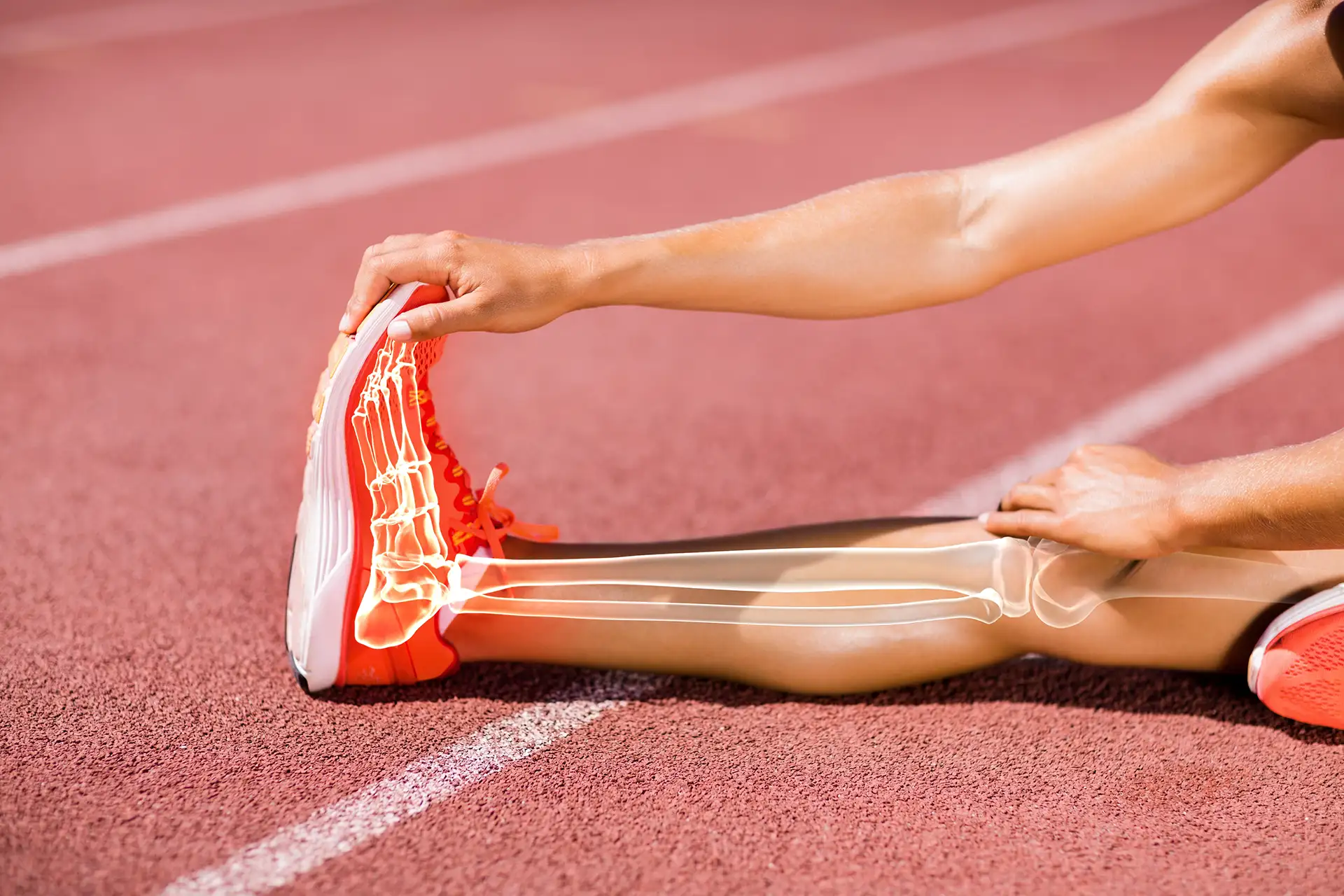The three most common types of foot and ankle arthritis are osteoarthritis, rheumatoid arthritis, and post-traumatic arthritis. Osteoarthritis is most common in older adults and happens as the cartilage around your joints gradually wears away. The condition develops slowly as the cartilage continues to wear down, eventually causing pain and stiffness. Rheumatoid arthritis is an autoimmune disease that refers to a condition when your immune cells attack your own cells, causing the area to get inflamed and swell. Post-traumatic arthritis, as the name suggests, may happen following an injury to the foot or ankle, especially dislocations or fractures.












